If popularity hasn’t quite bred contempt for the Jeep CJ-5, it has seen this big-selling off-roader being unfairly overlooked in the gold rush for classic 4x4s. Where early Land Rovers, Range Rovers, Toyota Land Cruisers, and some other Jeep models have all attracted big interest and commensurate values, the CJ-5 has reassuringly just got on with things like it has since its launch in 1954.
Over a life span of nearly 30 years, the CJ-5 evolved and adapted, and it also moved from being marketed and sold as a utilitarian workhorse to something more akin to the modern SUV. Even so, the CJ-5 never lost the basic functionality that was at the root of its appeal and abilities, and this is why it still makes for a great addition to any classic car line-up. It’s just so darned useful.

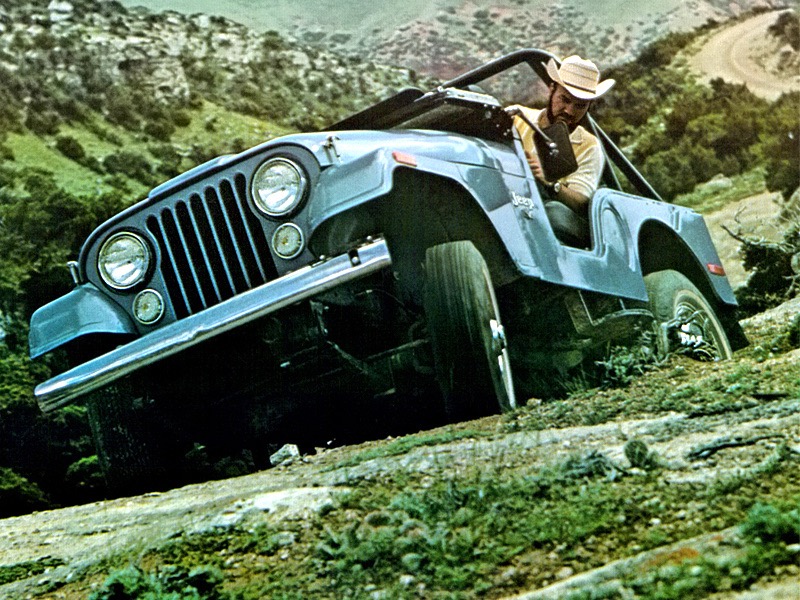
Conceived by Kaiser as a go-anywhere car for the masses, the CJ-5 was a development of the military-spec M-38A1 that had arrived in 1952. At its launch in October 1954, the CJ-5 benefitted from the M-38A1’s strong chassis, axles, brakes, suspension, transmission, and improved seating. It also came with the more rounded styling that set it apart from the earlier ‘flat fender’ models that had been spawned by Jeeps of World War Two. Other practical updates for this latest Jeep included a larger windscreen and the option of a weatherproof hood and doors. There was a new instrument display and lidded glovebox – hardly radical, but all small points that made the CJ-5 easier to live with.
At launch, the CJ-5 was powered by the Hurricane 2.2-litre four-cylinder petrol engine coupled to a three-speed manual gearbox and two-speed transfer case. Next to join the range was a 62bhp 3.1-litre Perkins diesel, optional between 1961 and 1965. Thankfully, better was to come in 1965 when Kaiser bought the rights to produce Buick’s 155bhp 3.7-litre Dauntless V6 engine, which more than doubled the power output of the standard 2.2-litre four. It didn’t take long for the US buying public to switch on to this engine and it quickly accounted for three quarters of all CJ-5 production.
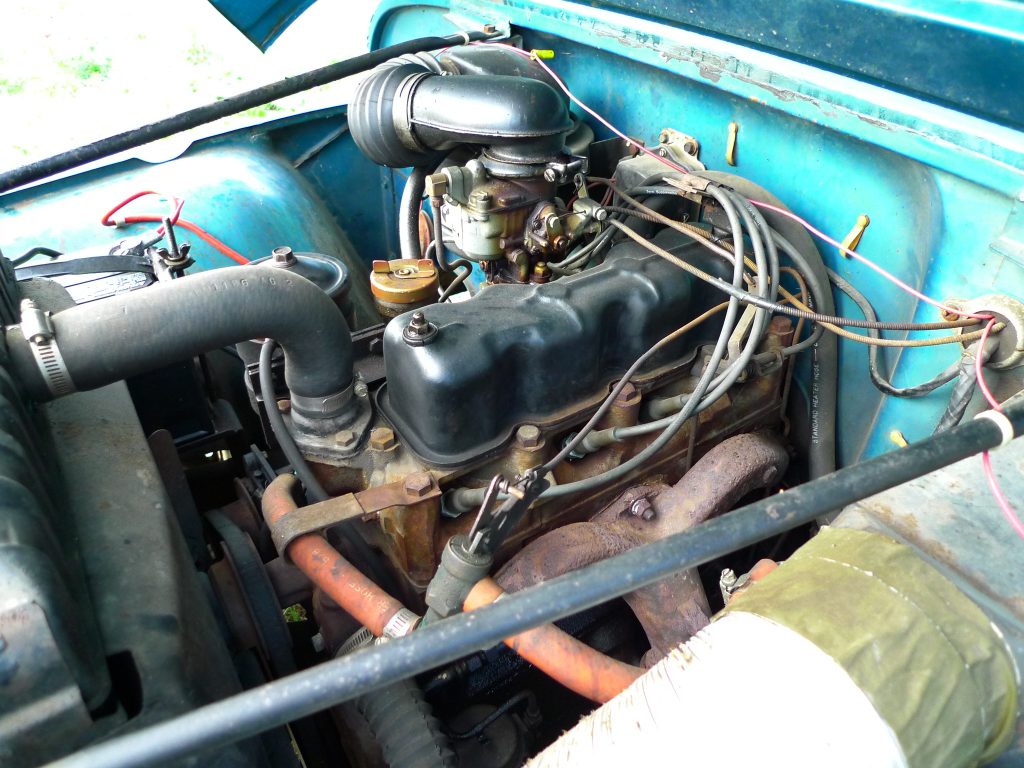
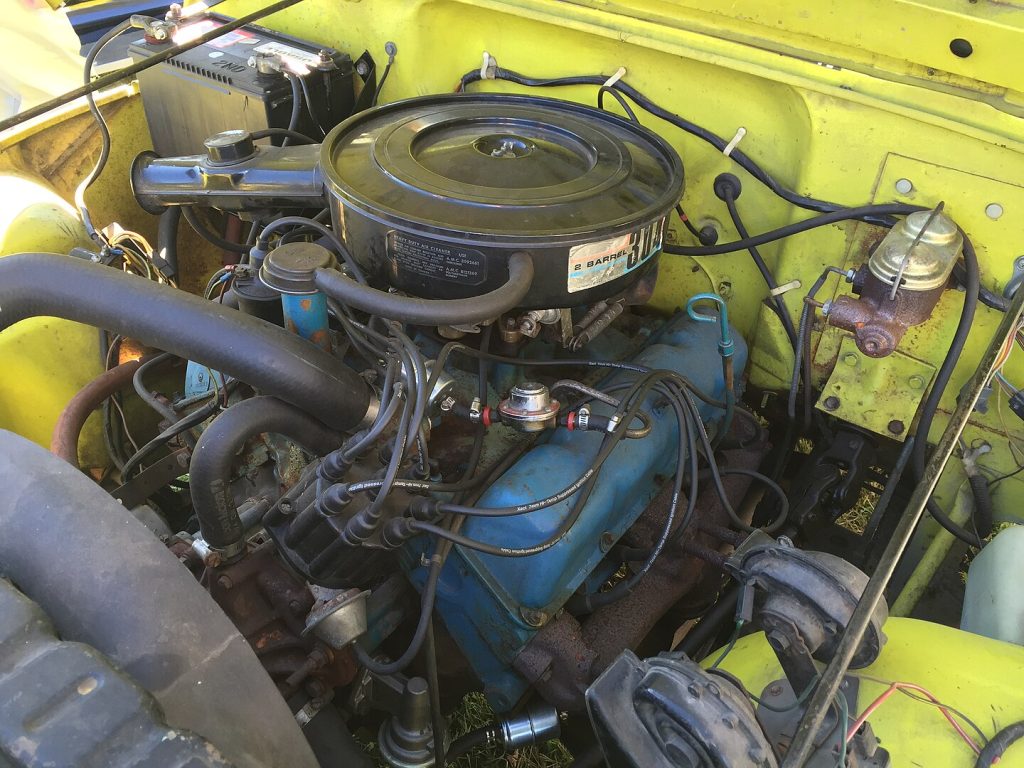
More change came in 1970, when American Motors Corporation (AMC) acquired Jeep from Kaiser. This necessitated another change of engine, as General Motors wasn’t keen on a rival firm using its V6. AMC also took the opportunity to retire the old 2.2-litre four and replace it with a Torque Command 3.8-litre straight-six, with the option of a 4.2-litre version. If that wasn’t enough to make a Jeep buyer happy, AMC also squeezed in its 5.0-litre V8 to give the CJ-5 unrivalled power. These new engines required some modified bodywork and a small stretch in the wheelbase, taking it from 206cm to 212cm. Toward the end of its long life, the CJ-5 had one more engine under the bonnet, in the form of the 2.5-litre ‘Iron Duke’ four-cylinder.
Apart from production in the US, during its lifetime the CJ-5 was produced in Australia and Brazil as well. Variations on the CJ-5 theme included a longer-wheelbase CJ-6, along with the two-wheel-drive DJ-5. There were also several special editions over the years, which all contributed to a total of 603,303 CJ-5s hitting the road and trail.
What’s a CJ-5 Like to Drive?
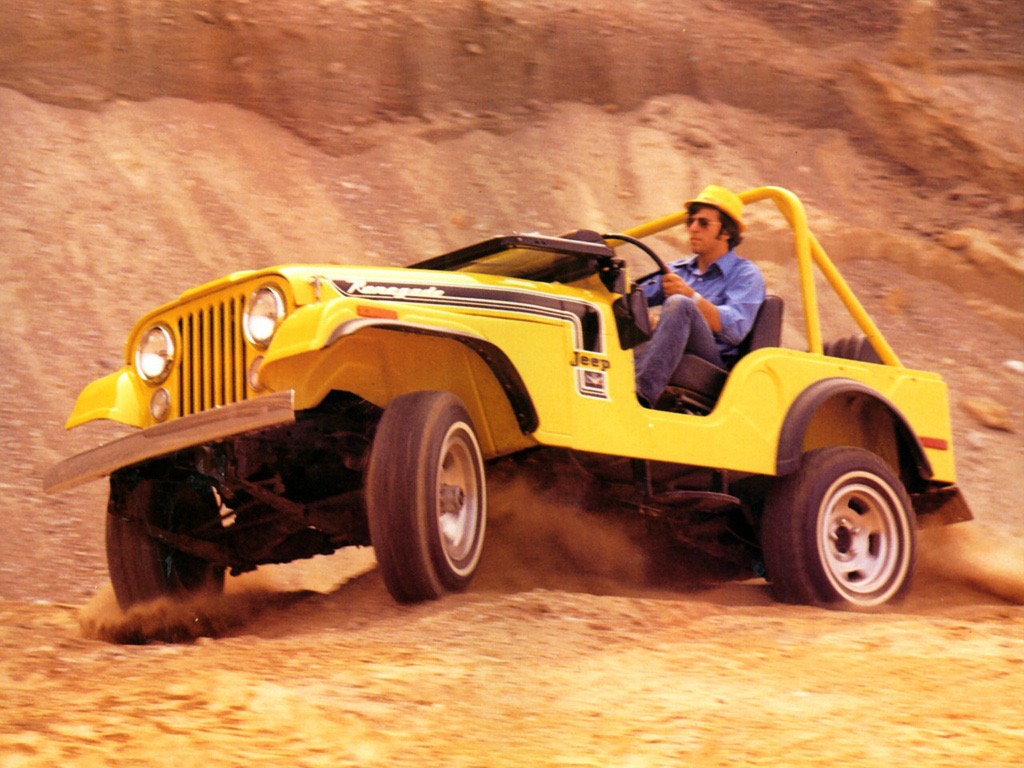
There are three distinct flavours of Jeep CJ-5 when it comes to driving, and which one suits your taste will depend on what you want to do with the car. Early and later four-cylinder Jeeps are slower to accelerate and have a lower top speed, so if you want to head further afield, one of the bigger-engined versions will more suitable. However, the 2.2-litre motor works happily through its three-speed manual, and a 50mph cruise is where it’s happy. Go for the later 2.5-litre Iron Duke four-cylinder engine and you gain an easy-shifting four-speed gearbox, which spells comfortable cruising at up to 60mph. If you find a diesel model, its rarity makes it worth saving but don’t expect anything other than sluggish performance.
The rugged four-cylinder engines also perform admirably off-road, thanks to the low-ratio transfer box making the most of their torque. However, the six-cylinder and V8 motors offer a better all-round driving experience for anyone looking to use their Jeep on a regular basis and not just Sunday runs. These models are able to keep pace with modern traffic and also offer more power for heading off piste.
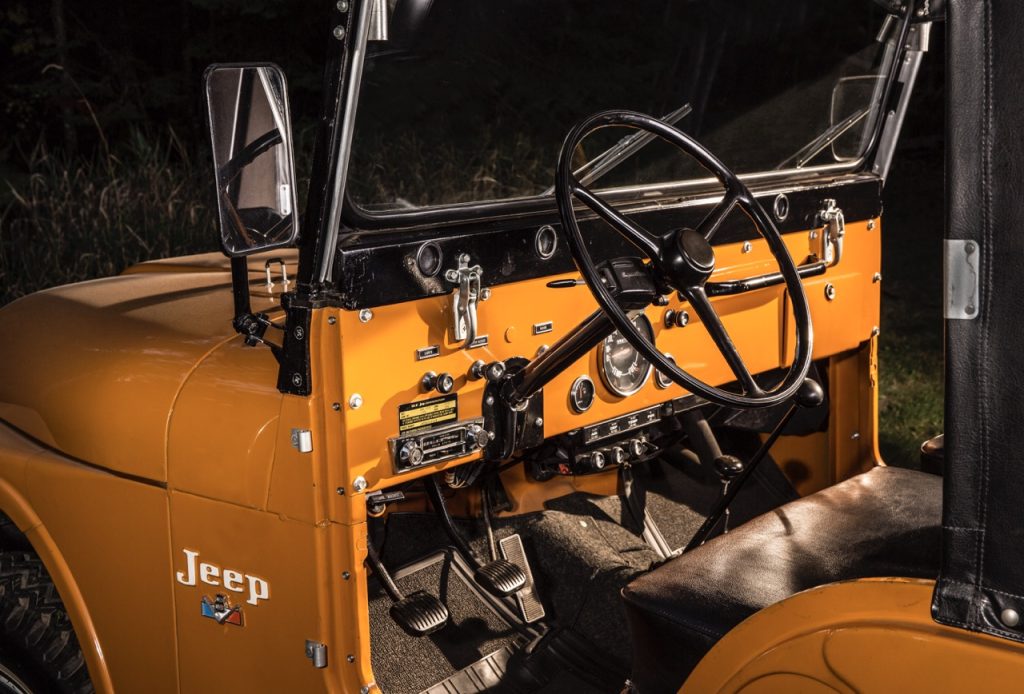
What all CJ-5s have in common is the way they drive. The steering doesn’t give much in the way of sporting sensation, of course, but it’s accurate enough and fends off kickback through the wheel when off-roading when well greased and maintained. Jeep offered power steering as an option after AMC took over the company, and it’s worth having with the larger engines that added extra weight.
Enzo Ferrari might have described the Jeep as a ‘US sports car’ but the handling is very much in the agricultural 4×4 camp. It can be hustled more than you’d think, and it’s generally better through corners with less lean and more grip than a contemporary Land Rover, but this is all relative and care is still needed on damp roads. In off-road situations, the CJ-5 is superb and still offers go-anywhere ability to this day that few modern 4x4s can better. The suspension is neither too firm nor bouncy, but you know you’re driving a car designed for unmade tracks more than the motorway. Jeeps from 1977 gained front disc brakes, which make stopping more powerful and confidence-inspiring for drivers coming from new cars.
You can fit four people into a CJ-5 with reasonable comfort. The driver has a great view all around, though the hood does create a few blind spots when erected. A compromise is to drive with the doors fitted and roof off, or buy a bikini top roof to keep the worst of the rain and sun off while preserving the open feel of the cabin. In the back, there’s space for kids, and seat belts are a good upgrade if not already fitted. The same applies to a roll bar if not already equipped, which can be used to mount three-point belts for those in the front seats.
How Much Does a CJ-5 cost?
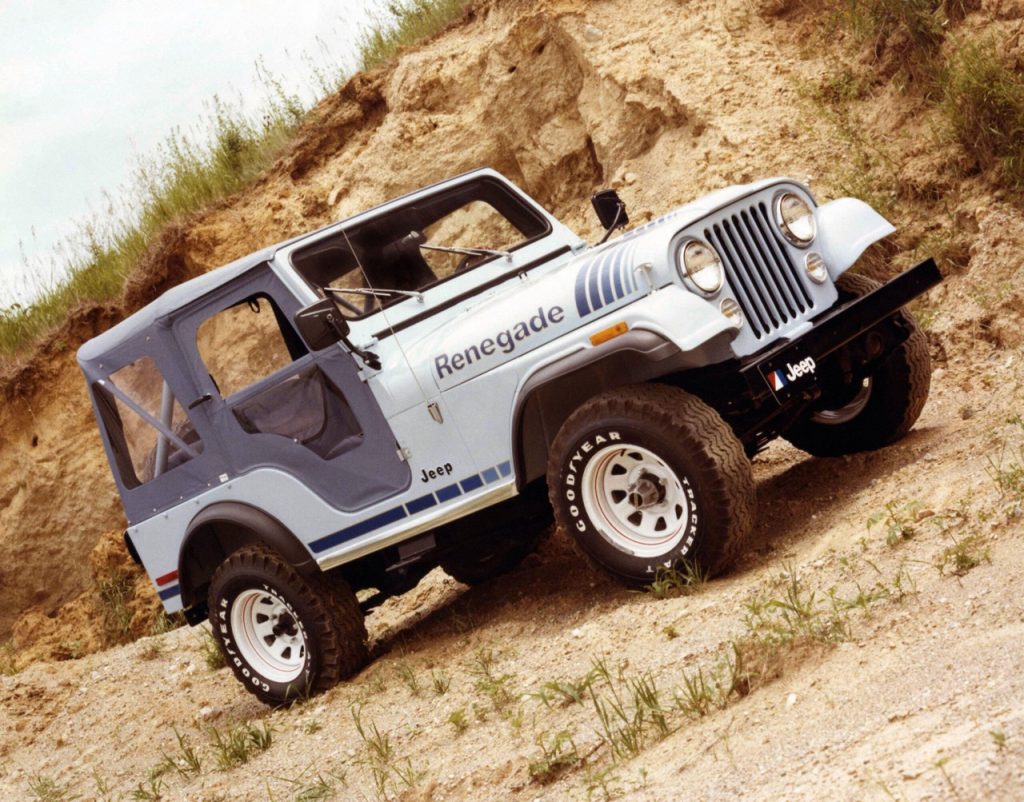
For UK buyers, the biggest factor in deciding to buy a Jeep CJ-5 will be finding one, as they are thin on the ground. Go for a car that needs a little work and tidying that you won’t worry about driving off-road and it should cost in the region of £7000. A much smarter example that still has room for improvement is around £12,000, while the smartest cars will fetch £18,000. You can spend as much as £30,000 if you chance upon one of the most sought-after special-edition models in super order.
An alternative is to import a CJ from the US, where there is far more choice and you can find clean, usable cars from $12,000 and attractive models like the Renegade and Laredo for $20,000. With shipping, fees, and any taxes coming to around £4000, this would mean an imported Jeep CJ-5 worth $20,000 would cost about £20,000 landed and registered for the road in the UK.
What Goes Wrong and What Should You Look for When Buying a CJ-5?
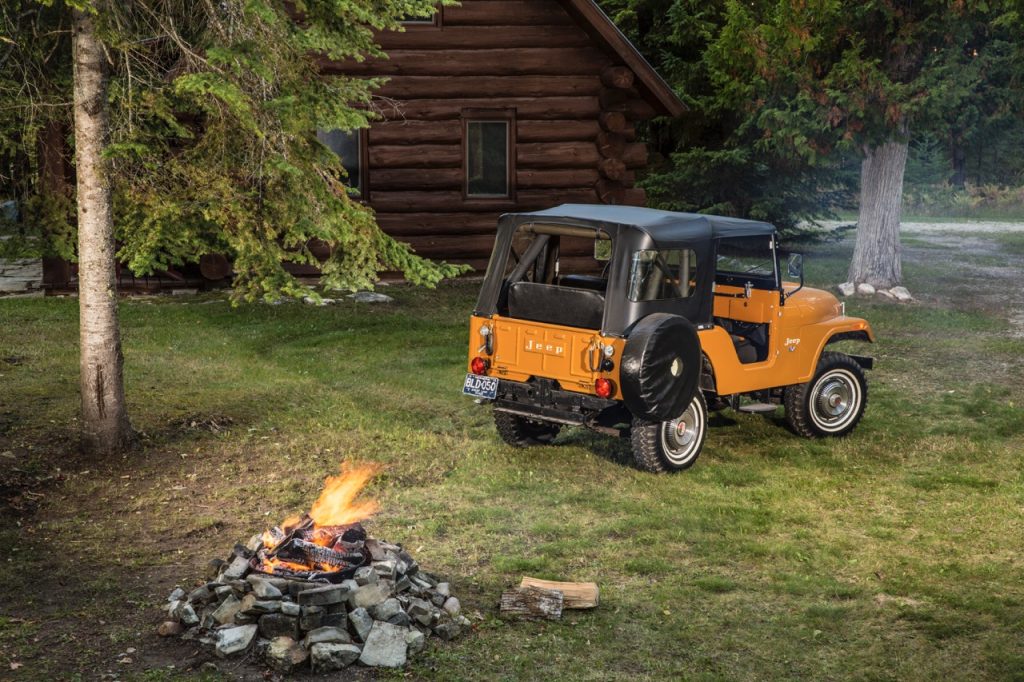
Let’s get the bad news out of the way first: Jeeps rust. The good news is that the design of the CJ-5 makes it easier to check for corrosion than on many other classics of the same era. The rugged chassis should be your first port of call with a screwdriver or hammer to check the entire length of the frame and its outriggers, which are usually the first to succumb to rot, alongside the suspension mounts. If the chassis is completely shot to pieces, replacements are available – if you want to go down the restoration route.
The body is also prone to rust and you should check the floors around the mounts where it fixes to the chassis. You should also look around the tops of the inner and outer wheel tubs, rear arches, tailgate, sills, and around the windscreen where it joins the scuttle. As well as rust, it’s also advisable to look for cracks in the body and chassis metalwork, as they can fatigue through age and the stresses of off-road driving.
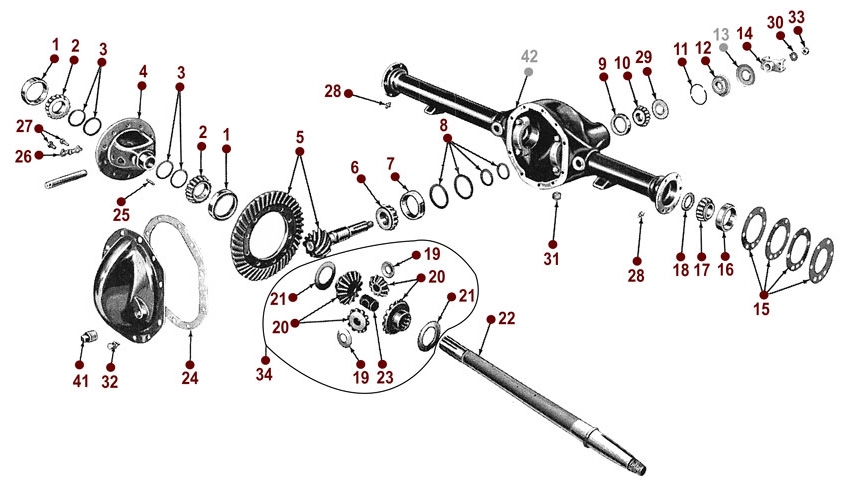
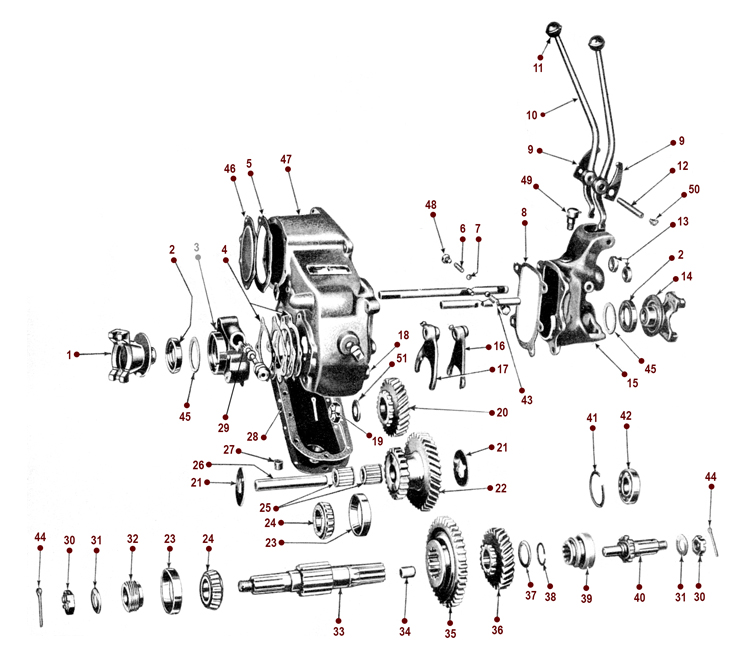
All of the engines found in the Jeep CJ-5 are tough, reliable, and long-lived, so any problems tend to be due to neglect, high mileage, and general wear. Look for smoke on start-up or any rattles, and check the engine for signs of oil and coolant leaks. The BorgWarner T-14 three-speed manual gearbox is strong and generally longer lasting than the later four-speed units, though the Borg-Warner T18 four-speed offered from 1976 to ’79 is likely the pick of the bunch. A five-speed was offered in the last few years of production. The four-wheel-drive system in the CJ-5, with stout Dana axles and transfer cases, shouldn’t need anything other than regular servicing, unless the transfer case has been allowed to run low on oil and stretched its chain.
On a test drive, take the time to think how the steering feels. Lots of slop and the need for constant correction are almost certainly down to worn components in the steering linkage. This is also the time to be satisfied the clutch engages smoothly and the pedal doesn’t feel like the cable is snagging as it’s depressed.
The electrical system in the Jeep CJ-5 is quite simple and should not give trouble beyond corroded connections or wires that have gone brittle and broken with age. However, the ignition system for all CJ-5 engines is not the car’s strong suit, especially on AMC engines. Most should have been upgraded by now with more modern ignition, or you should budget for this important improvement.
Just as important is to make sure the Jeep has all of the correct trim and upholstery, especially if it’s one of the several special-edition models, as these parts are now hard to track down. Thankfully, almost all mechanical, service, and body parts are available for the CJ-5 from specialists in the US.
Which Is the Right CJ-5 for You?
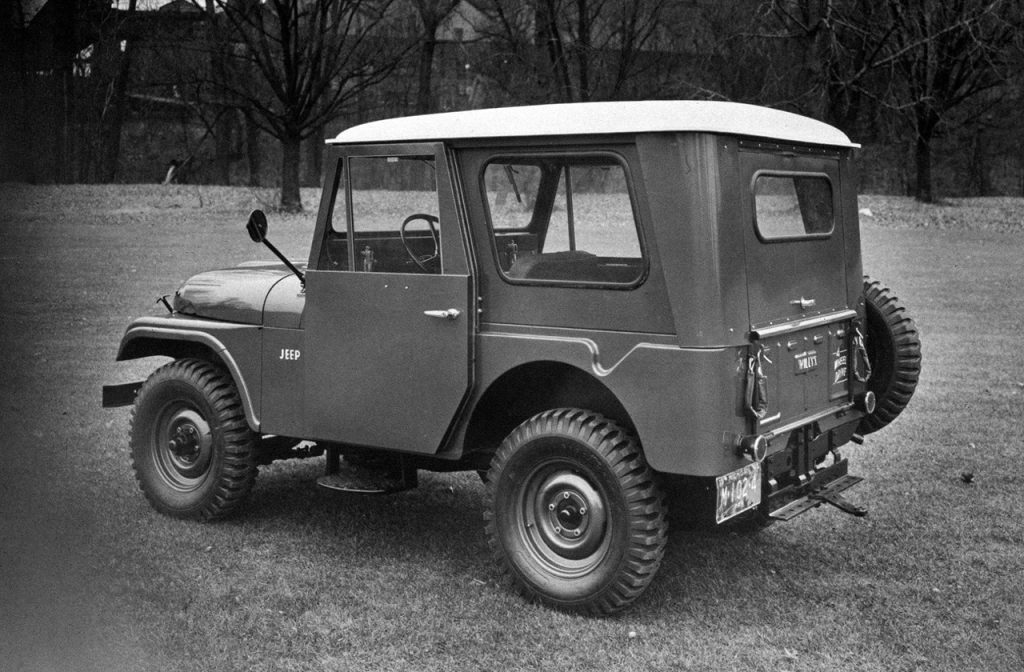
If you have your heart set on a particular version of the Jeep CJ-5, such as a Golden Eagle or Renegade, your search might take a bit longer to find the right one. For buyers with a wider field of vision, condition is vital and then it’s down which engine will best suit your needs. Early CJs with the Hurricane 2.2-litre four-cylinder have plenty of the same character as the original wartime Jeeps, but their three-speed transmission can limit usability for longer drives. If you want a four-cylinder model with greater flexibility, don’t rule out the later AMC Jeeps with the 2.5-litre engine and four-speed transmission.
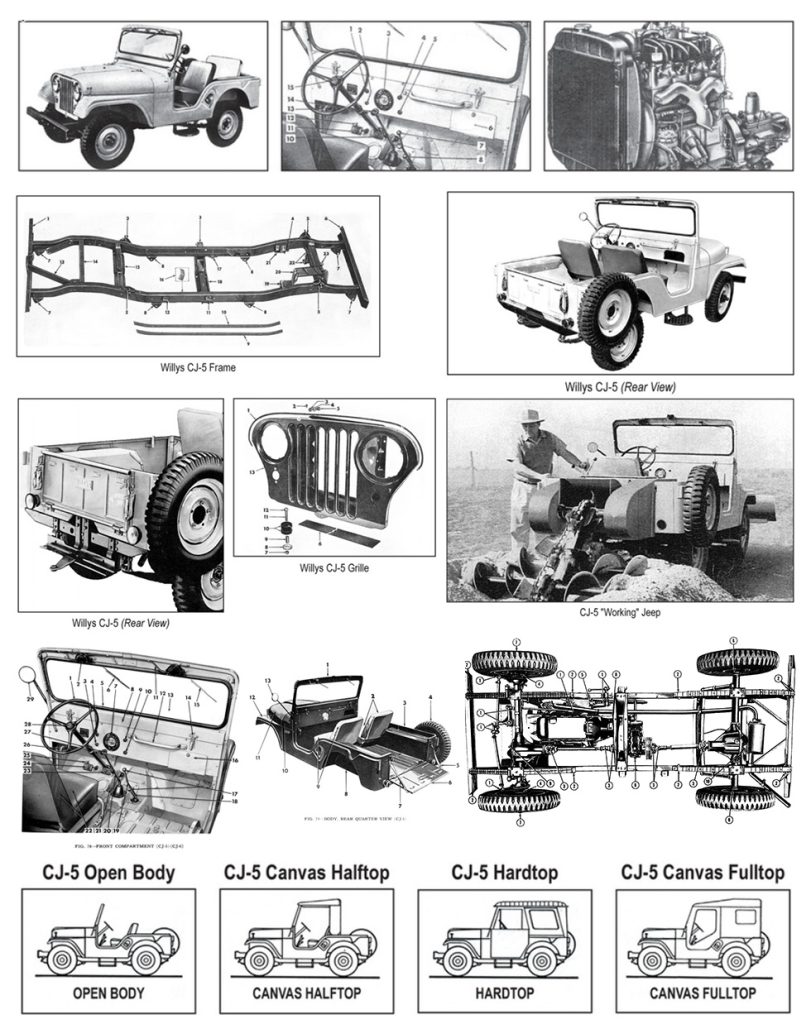
Others will be drawn to the opposite end of the spectrum with the 5.0-litre V8 engine. It sounds good and offers decent pace, though its power-sapped stock 150bhp means it’s not exactly rapid. How rapid do you want to go in a CJ-5, however? There are tuning options for this engine, though many Jeeps have been swapped with a larger engine – usually AMC’s larger 5.9-litre V8 – as an easier and more cost-effective route to increased power.
However, don’t rule out the six-cylinder units. The 3.7-litre Dauntless V6 is far less common than the 2.2-litre Hurricane in earlier CJ-5s, but it suits the car well with its revvy nature and ample power. Yet the CJ-5 we’d aim for is one of the 3.8- or 4.2-litre straight-six cars from the AMC era from 1972 onwards. They offer smooth, easy power and relaxed cruising up to the legal speed limit, they sound good, and they are cheaper to run than the V8.

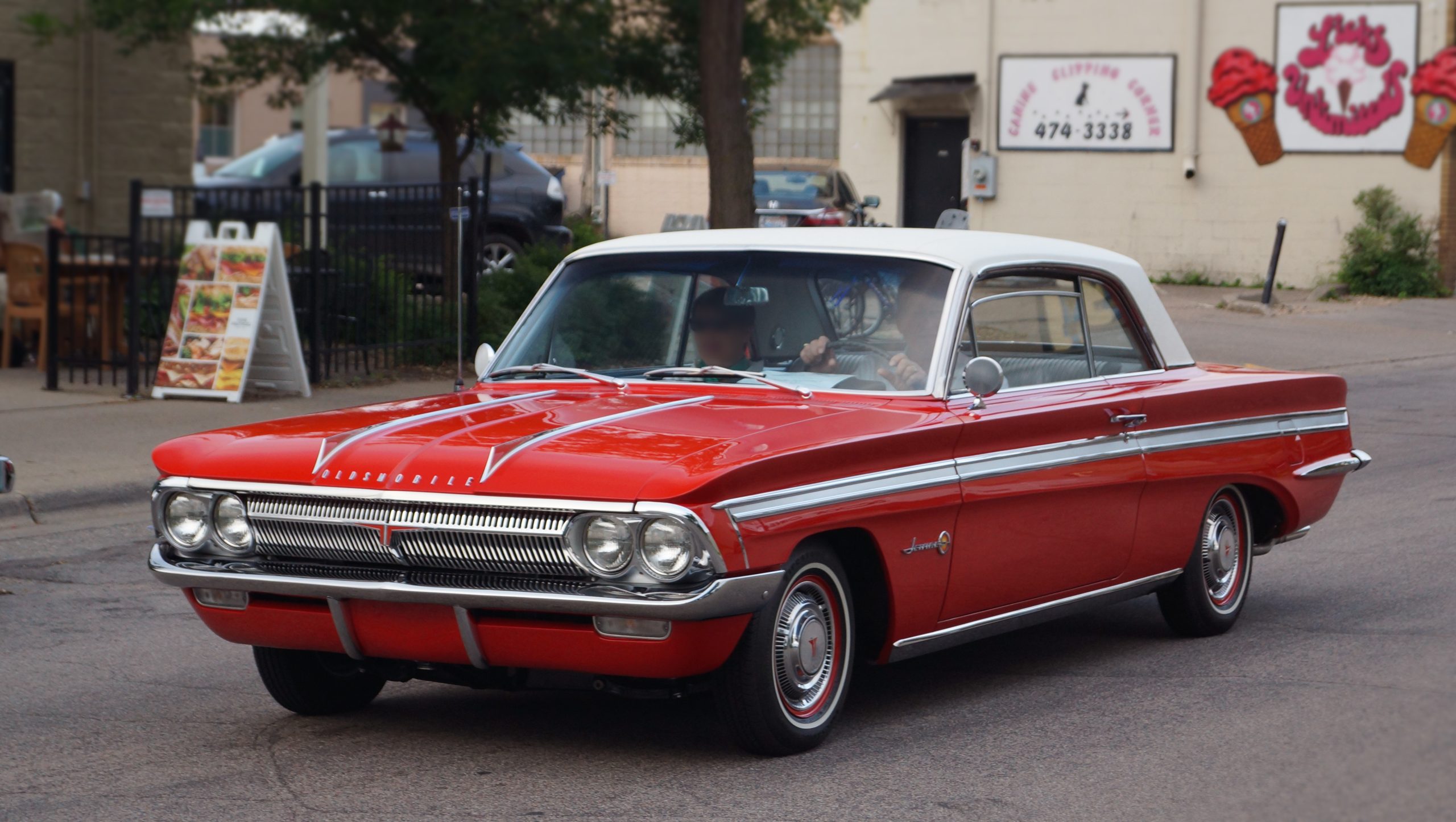
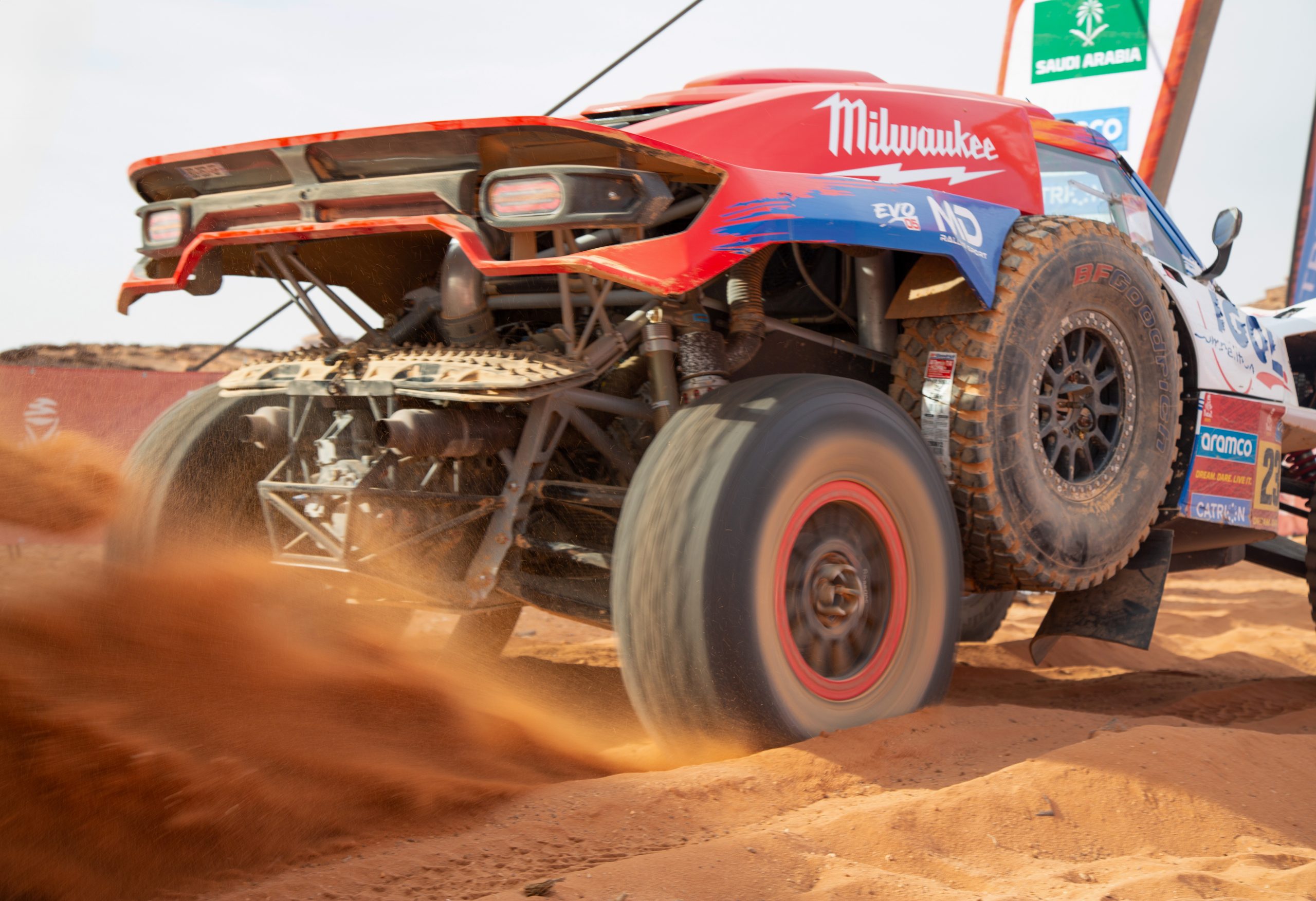
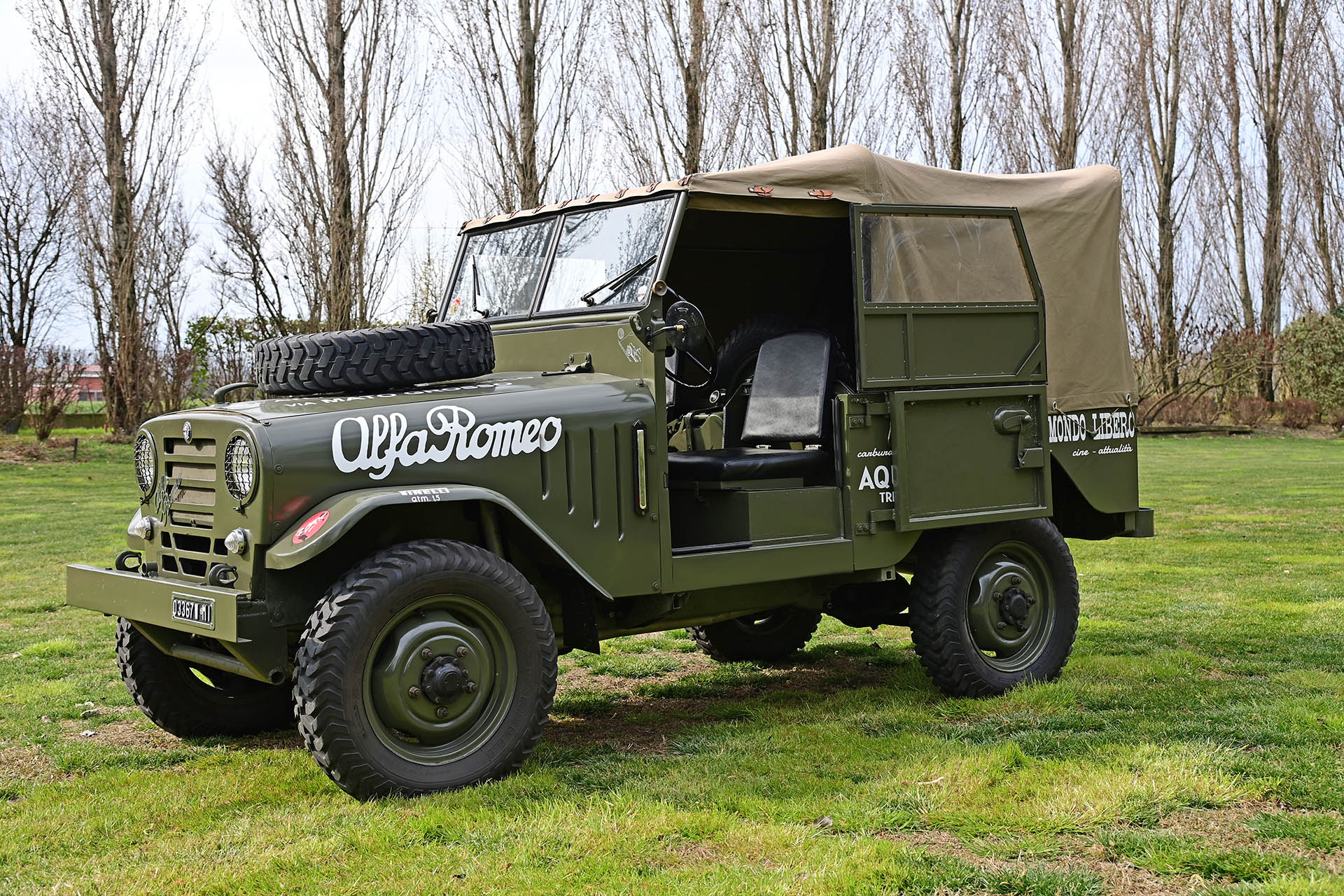


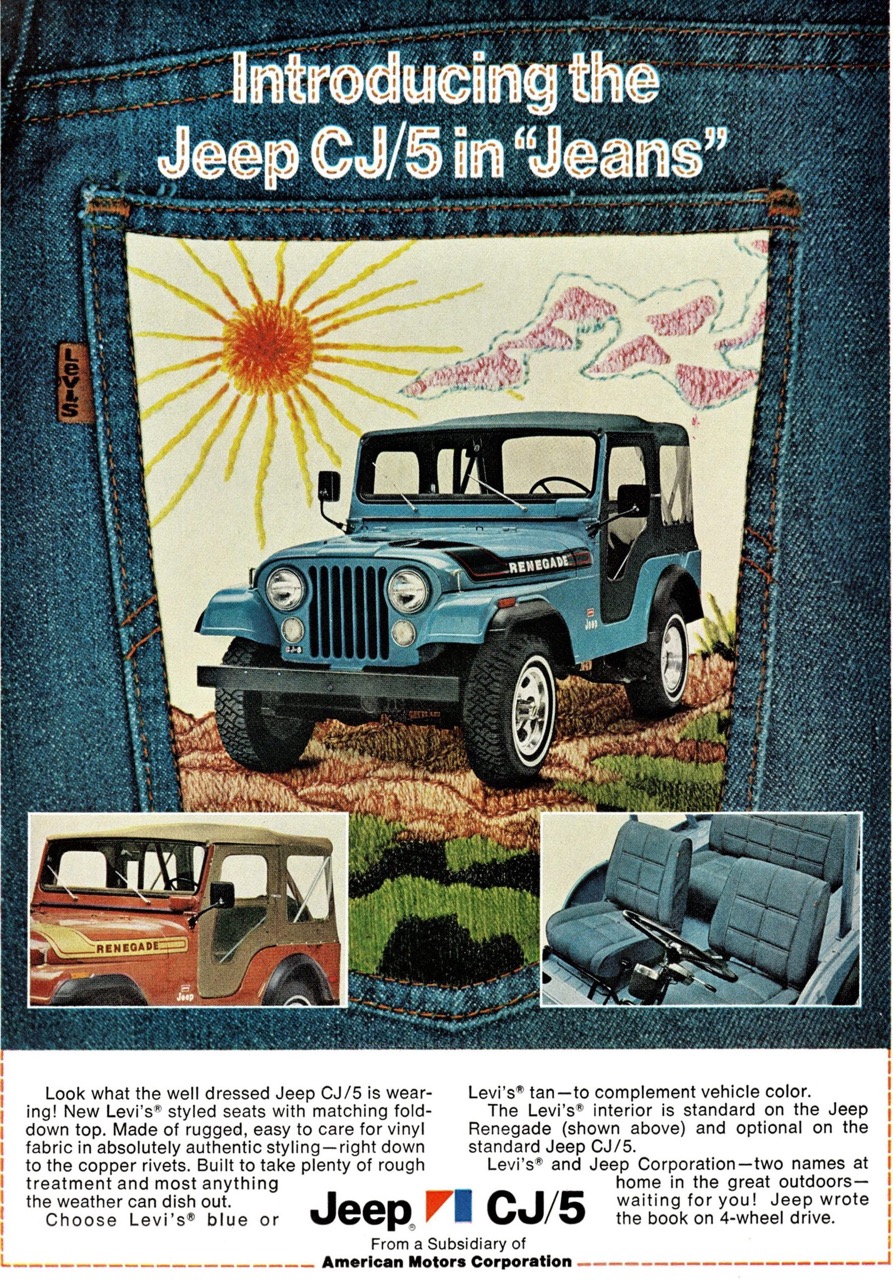
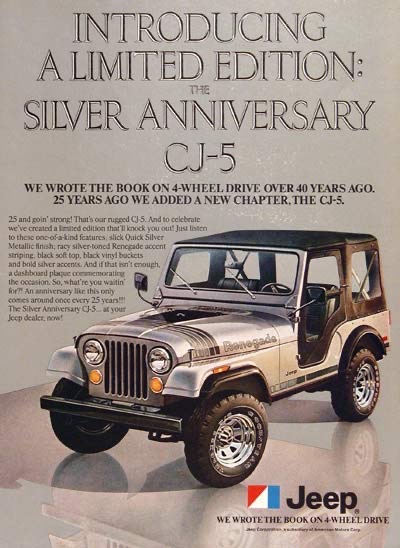
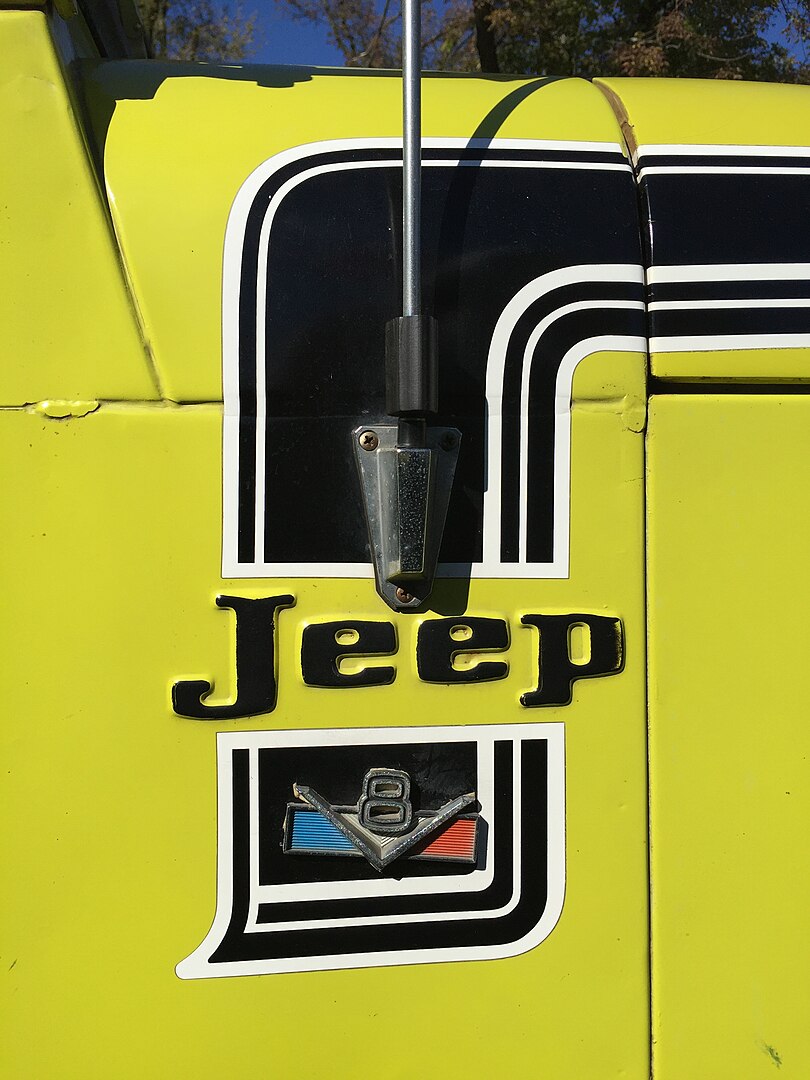
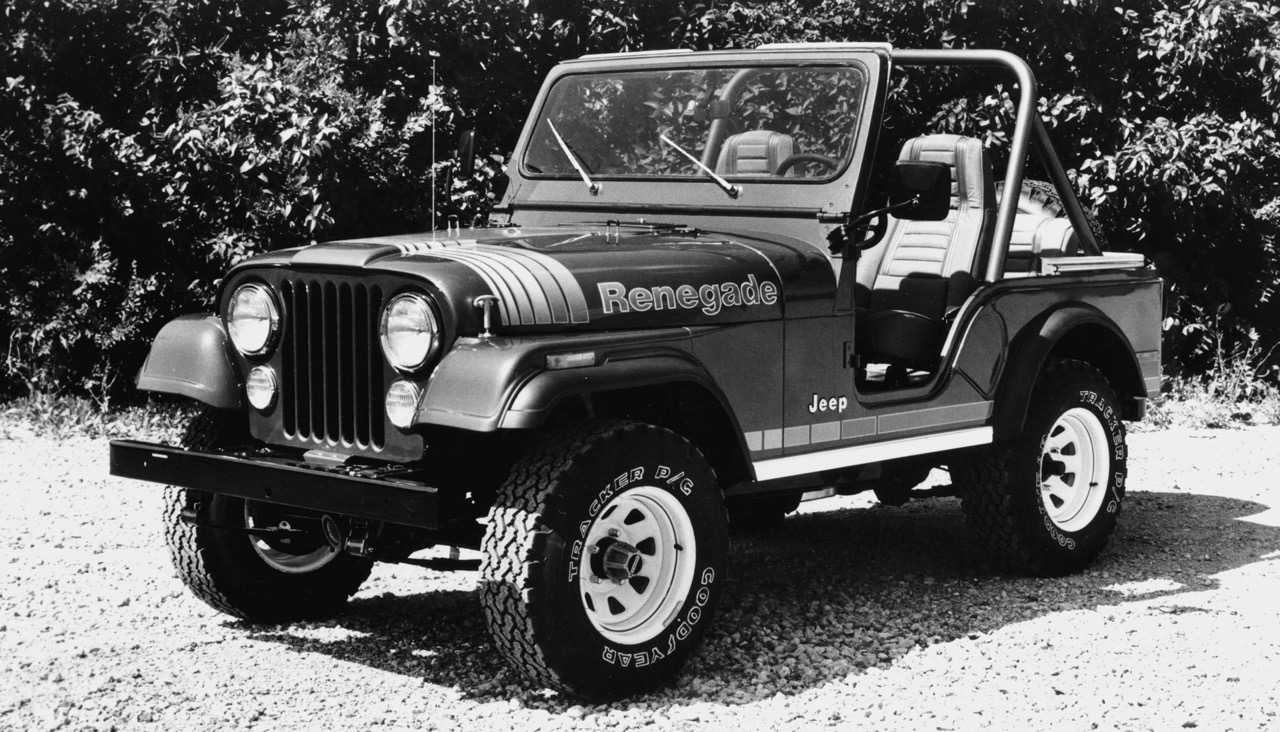
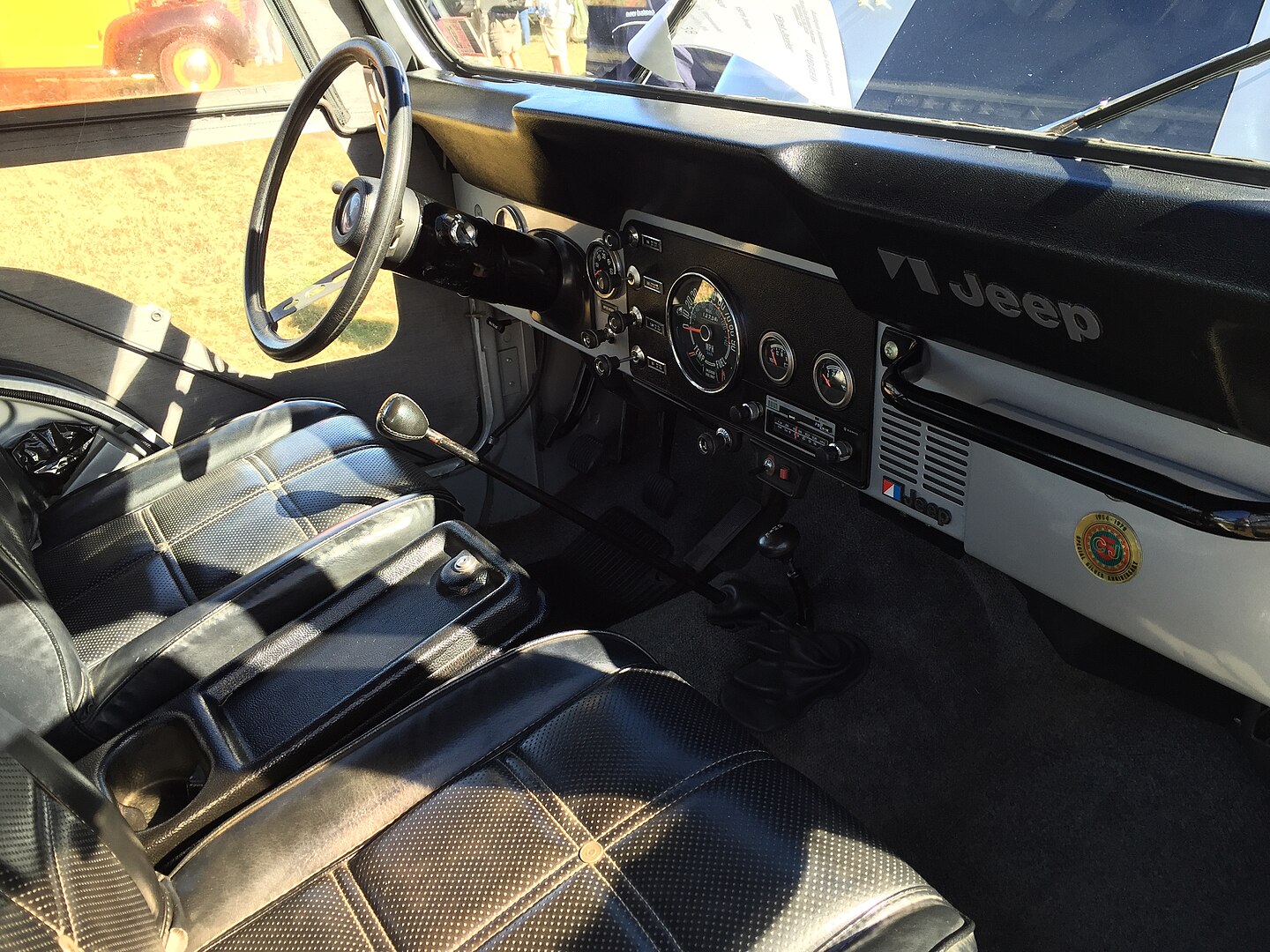






That’s OK but what about the real Jeep?
Are CJ-5s somehow fake Jeeps?
Sorry fellas, the CJ-5 never came with an automatic transmission. Ever. And definately not the General Motors TH400. The TH400 was used in some CJ-7’s and full size Jeeps between 1968 and 1979 (they used chrysler designed A727’s and A904’s after 1979), but the big TH400 was only used in CJ-7’s from 1976-1979. It was wasn’t until Jeep introduced the CJ-7 and stretched the frame 13 inches that an automatic trans would fit in the chassis. And, the T-18 was not a manual trans option for the CJ-5. This was a Ford truck trans that is a common swap for custom Jeeps because of its ver low first gear. The T-18 was only used in CJ-7’s from 1976-1979. Four speed manual trans options for the CJ-5 were the T-176 and T-177, both decent designs but not with the very low forst gear of the Ford truck T-18.
Noted and addressed. Thanks for the correction.
T18 was a option in the cj5 1979 and back
V8 comes with the t15a trans. Good trans
Heavy duty for handling V8 power. I like the 72 to 75 cj5s. In my opinion best jeeps ever made. V8 power 3.73 gears they will go on the highway like any vehicle. When. You get to you’re campsight etc you got a vehicle that will explore just about anywhere . Good heater two speed wipers. Very tough. Vehicles. I’ve had 3 over the years.things changed in 76. Dana 44 gone from the rear. Cheaper transmission tremac150
Etc. new jeeps ain’t a patch on these 72 to 75 cj5s.